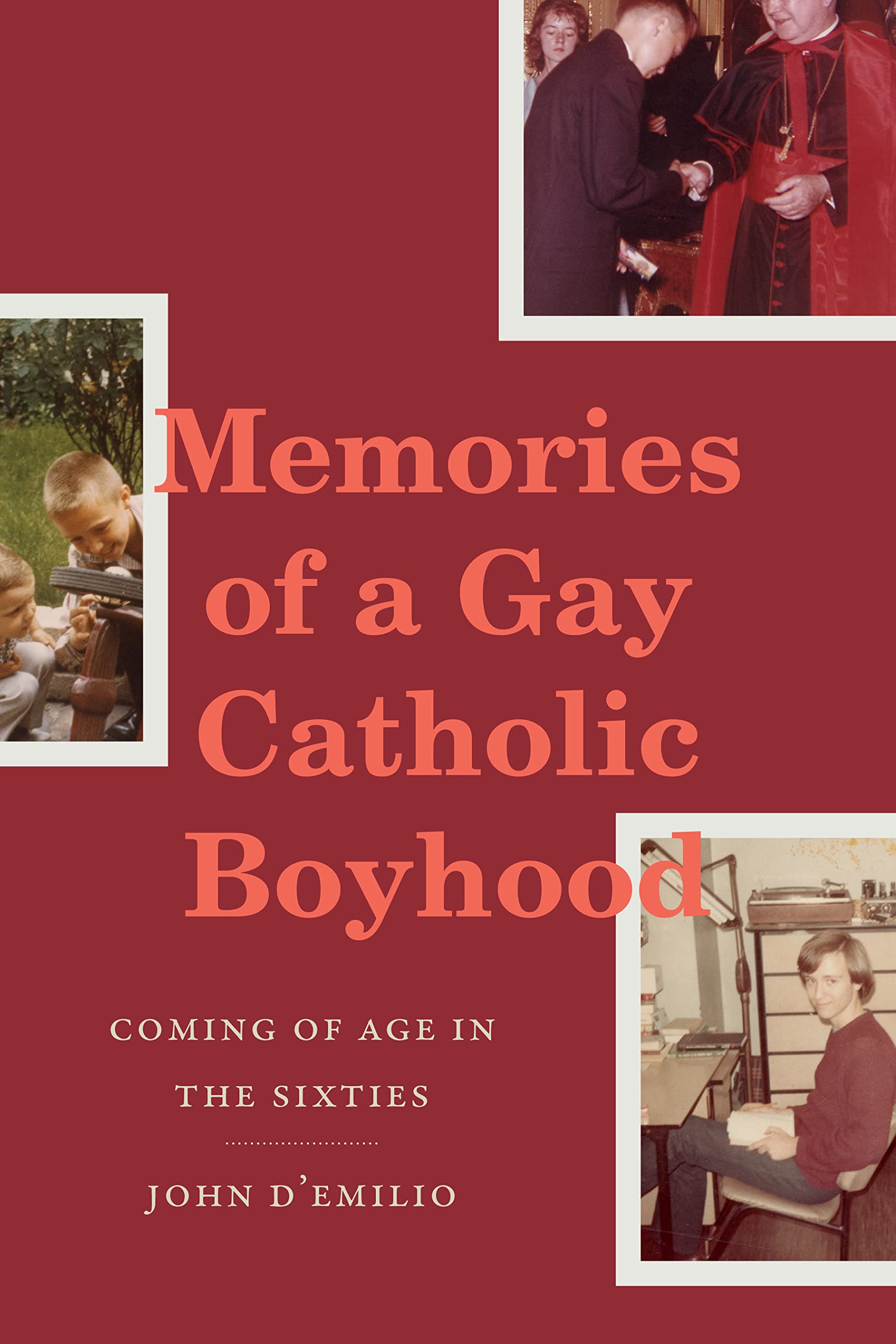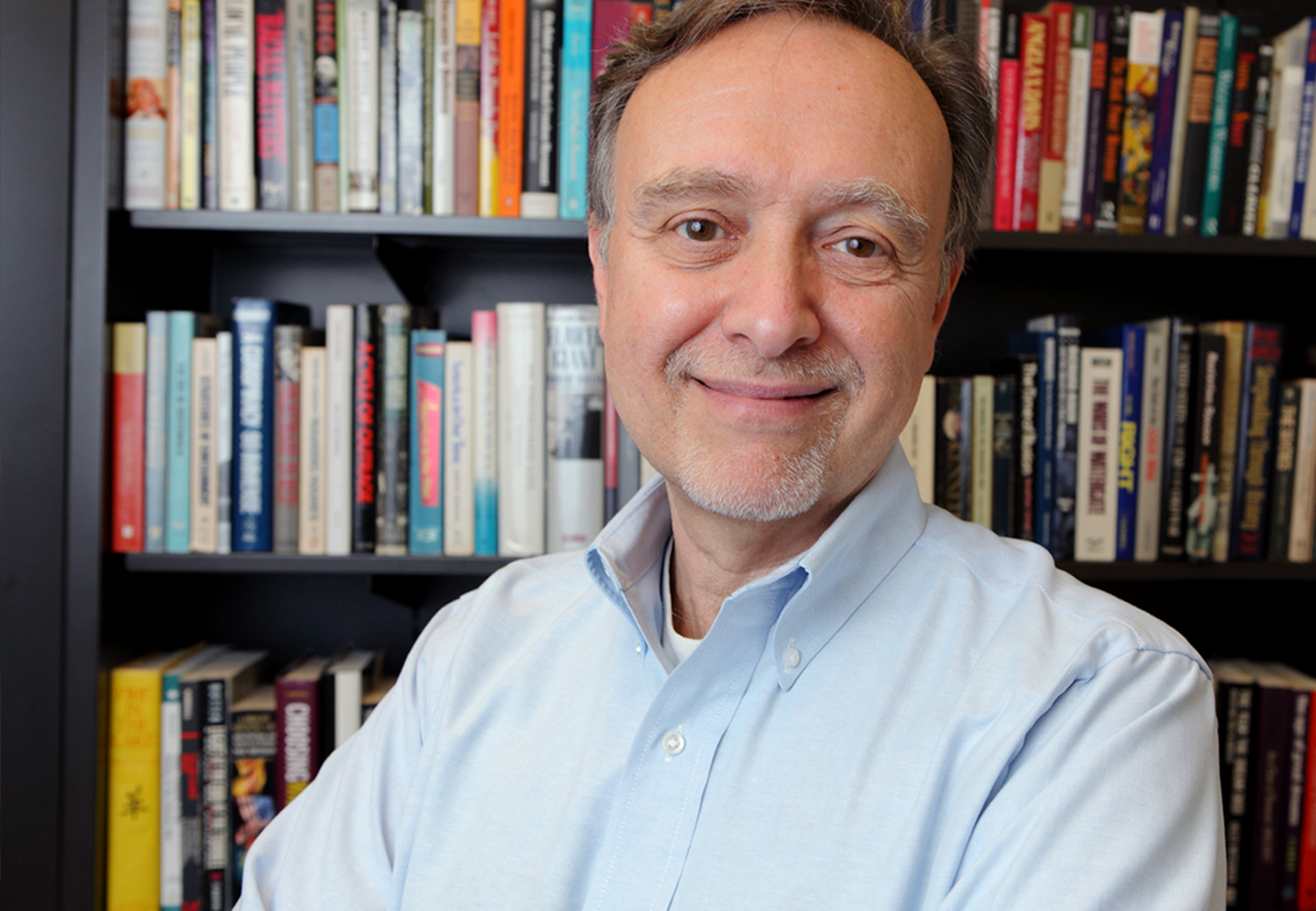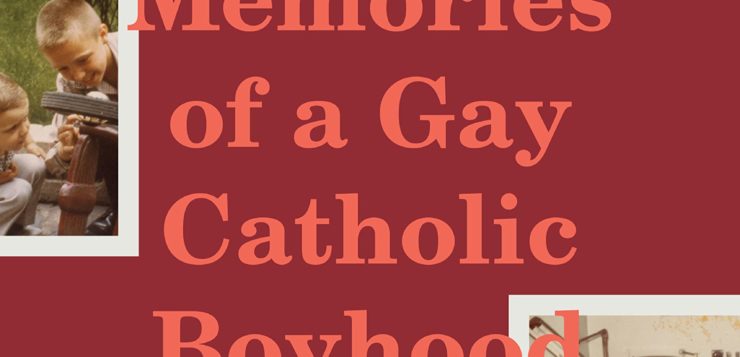 MEMORIES OF A GAY CATHOLIC BOYHOOD
MEMORIES OF A GAY CATHOLIC BOYHOOD
Coming of Age in the Sixties
by John D’Emilio
Duke Univ. Press. 208 page, $29.95
WHEN do you decide that you have no choice but to put yourself before your family and your heritage? Most gay people will ask themselves this question at some point in their lives. A distinguished historian and pioneer in the field of gay and lesbian studies, John D’Emilio tells the story of his rebellion against the world into which he was born in his latest book, a personal history of his early years.
His was a loving rebellion. D’Emilio’s parents were working-class Italian immigrants, whose first son, John, was born in 1948. The family lived in Parkchester, a housing project for middle-class families in the Bronx that D’Emilio remembers as “the closest thing to paradise this side of Eden.” They could walk to the Catholic church and the Catholic grade school, and, most important, to his maternal grandmother’s house, where the large Scamborlino clan gathered every Sunday for dinner. At these dinners, the adults talked about the Yankees, the Giants, and the conservative, anti-Communist politics they shared. Children were the focus of this close-knit community; they had delicious food, safe playgrounds, and toys and games. D’Emilio’s mother also made sure that he had books, because she had decided early on that education was in his future.

John took his religion classes at St. Raymond’s as seriously as he took his other subjects. A major feature of American Catholicism in that era was the sacrament of confession. The young boy, who feared going to hell if he died in a state of sin, found confession “deeply reassuring,” even after his sins progressed from disobeying his mother to masturbation. A distinctive feature of this memoir is D’Emilio’s ability to capture what he experienced at the time without laughing at or passing judgment upon his earlier self. As a historian, D’Emilio is familiar with the imperative to recreate the past as accurately as possible. Thus, in the next section of the book, describing his years at Regis—the elite all male Jesuit high school in Manhattan where D’Emilio gained admission through a competitive exam—we encounter an ambitious (and not totally likeable) young man who wants to take the most difficult courses in Latin and Greek, master public speaking, and win debates. He has found a new group of friends who share his interests. Because his mother sees Regis as his pathway to college, she acquiesces when he attends a debate tournament at Georgetown rather than his grandmother’s funeral.
High school was also the time when D’Emilio discovered his sexual attraction to males. These feelings, “unnamed, forbidden, and deeply sinful,” do not involve his Regis teachers or classmates. Riding the subway to and from school, he begins to sit next to older men he finds attractive. In his sophomore year, a teacher suggests he read James Baldwin’s Another Country. Suddenly he knows there are men who share his yearnings. Before long, the high school student is having brief sexual encounters with strangers in subway restrooms and secluded bushes. As D’Emilio chronicles his own sexual awakening, he provides a historical glimpse into how men had sex with other men in Manhattan in the early 1960’s, prefiguring his future work in LGBT history. Still trying to be a good boy, he regularly confesses his sins, receives absolution, and resolves to cease his sexual activity. Eventually, his resolve holds. At a spiritual retreat in his senior year, he is convinced he should consider becoming a priest and applies for admission to a Jesuit seminary. However, even before his acceptance letter arrives, he knows he is fooling himself if he thinks the seminary will resolve the conflict between his sexuality and his religion. He knows his attraction to men is a part of his life that he must somehow accept. But how?
Wanting to move “out of my Catholic cocoon,” D’Emilio chooses to attend a secular college and live away from home. His years at Columbia University, 1966–1970, are the most exciting part of the book, not least because they were tumultuous years in American history and on college campuses. Again, he finds a group of sustaining friends. For the first time in his life, he meets people who do not believe in God, and who don’t live in fear of damnation for unconfessed sins. This shakes his faith in the institutional Catholicism of his childhood. However, when he becomes involved in protests against the Vietnam War, he discovers he truly believes some of his core Catholic values, such as pacifism and social justice. In his senior year, D’Emilio applies for conscientious objector status from his draft board. He has moved far from the pro-Nixon politics of his parents.
In a scene not played for laughs, D’Emilio describes the last time he went to confession. Because he speaks in a whisper when he confesses to having sex with a number of men, the priest, assuming he is a woman, is at a loss for words when D’Emilio corrects the priest’s mistake. At last, he knows this once revered sacrament has nothing to offer him. D’Emilio believes a copy of Oscar Wilde’s De Profundis, given to him by a man with whom he had a casual sexual encounter, “saved my life.” Reading about Wilde’s “paean to love” between men, grounded in the story of Jesus, caused him to recognize “the rightness of my deepest feelings” and enabled him to begin the process of coming out to others as a gay man.
Once D’Emilio begins to make gay friends, he is introduced to gay life in New York as it existed in the late 1960’s: the Greenwich Village, Christopher Street, the Stonewall Inn, the Oscar Wilde Memorial Bookshop. His memoir is a love letter to Manhattan, but also to the Bronx of his childhood, to the schools that educated and occasionally hindered him, to the family members who nourished him—even when they no longer understood him—so he would someday find his life’s work. The book ends with D’Emilio, saved from the draft because he didn’t pass the physical, returning to Columbia to begin graduate studies with a determination to see U.S. history in a new light, one that exposes how American power structures have systematically suppressed communities of race, ethnicity, gender, and sexuality. It is the beginning of the next chapter in his consequential life. Based on the many pleasures offered by this book, I hope he decides to write the sequel.






